(3b,6a,12b,24R)-20,24-Epoxy-3,12,25-trihydroxydammaran-6-yl 2-O-(6-deoxy-alpha-L-mannopyranosyl)-beta-D-glucopyranoside
Synonym(s):(3β,6α,12β,24R)-20,24-Epoxy-3,12,25-trihydroxydammaran-6-yl 2-O-(6-deoxy-α-L -mannopyranosyl)-β-D -glucopyranoside;Ginsenoside A1
- CAS NO.:69884-00-0
- Empirical Formula: C42H72O14
- Molecular Weight: 801.01
- MDL number: MFCD29472569
- SAFETY DATA SHEET (SDS)
- Update Date: 2024-11-19 20:33:22
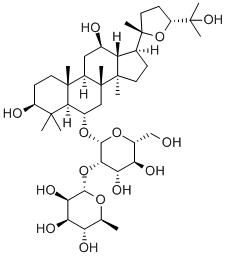
What is (3b,6a,12b,24R)-20,24-Epoxy-3,12,25-trihydroxydammaran-6-yl 2-O-(6-deoxy-alpha-L-mannopyranosyl)-beta-D-glucopyranoside?
Description
Pseudoginsenoside F11 is an ocotillol-type ginsenoside that has been found in P. ginseng and has diverse biological activities. In vivo, pseudoginsenoside F11 (10 mg/kg) prevents tubular cell apoptosis, decreases in renal glutathione peroxidase (GPX) and superoxide dismutase (SOD) levels, and increases in renal lipid peroxide levels in a rat model of nephrotoxicity induced by cisplatin . It reduces infarct size, brain water content, and cortical accumulation of autophagosomes in a rat model of ischemic stroke induced by permanent middle cerebral artery occlusion. Pseudoginsenoside F11 (4 and 8 mg/kg) inhibits morphine-induced memory impairment in the Morris water maze and development of morphine-induced conditioned place preference in mice. It also reduces hippocampal advanced glycation end product (AGE) and malondialdehyde (MDA) levels, increases hippocampal SOD activity and glutathione (GSH) levels, and attenuates cognitive impairment in the Morris water maze in a mouse model of D-galactose-induced mild cognitive impairment.
Chemical properties
White solid
The Uses of (3b,6a,12b,24R)-20,24-Epoxy-3,12,25-trihydroxydammaran-6-yl 2-O-(6-deoxy-alpha-L-mannopyranosyl)-beta-D-glucopyranoside
Pseudoginsenoside F11 is an oxotillol-type ginsenoside which displayes neuroprotective activity.
Properties of (3b,6a,12b,24R)-20,24-Epoxy-3,12,25-trihydroxydammaran-6-yl 2-O-(6-deoxy-alpha-L-mannopyranosyl)-beta-D-glucopyranoside
| Melting point: | >196°C (dec.) |
| Boiling point: | 885.3±65.0 °C(Predicted) |
| Density | 1.33±0.1 g/cm3(Predicted) |
| storage temp. | 2-8°C |
| solubility | Methanol (Slightly), Pyridine (Slightly) |
| pka | 12.85±0.70(Predicted) |
| form | Solid |
| form | neat |
| color | White |
Safety information for (3b,6a,12b,24R)-20,24-Epoxy-3,12,25-trihydroxydammaran-6-yl 2-O-(6-deoxy-alpha-L-mannopyranosyl)-beta-D-glucopyranoside
| Signal word | Warning |
| Pictogram(s) |
 Exclamation Mark Irritant GHS07 |
| GHS Hazard Statements |
H302:Acute toxicity,oral |
Computed Descriptors for (3b,6a,12b,24R)-20,24-Epoxy-3,12,25-trihydroxydammaran-6-yl 2-O-(6-deoxy-alpha-L-mannopyranosyl)-beta-D-glucopyranoside
New Products
Tert-butyl bis(2-chloroethyl)carbamate (S)-3-Aminobutanenitrile hydrochloride N-Boc-D-alaninol N-BOC-D/L-ALANINOL N-octanoyl benzotriazole 3-Morpholino-1-(4-nitrophenyl)-5,6-dihydropyridin- 2(1H)-one Furan-2,5-Dicarboxylic Acid Tropic acid Fmoc-Val-Cit-PAB DIETHYL AMINOMALONATE HYDROCHLORIDE 1,1’-CARBONYLDIIMIDAZOLE R-2-BENZYLOXY PROPIONIC ACID 1,1’-CARBONYLDI (1,2-4 TRIAZOLE) N-METHYL INDAZOLE-3-CARBOXYLIC ACID (2-Hydroxyphenyl)acetonitrile 4-Bromopyrazole 5-BROMO-2CYANO PYRIDINE 5-broMo-2-chloro-N-cyclopentylpyriMidin-4-aMine 2-(Cyanocyclohexyl)acetic acid 4-methoxy-3,5-dinitropyridine 2-aminopropyl benzoate hydrochloride 1-(4-(aminomethyl)benzyl)urea hydrochloride tert-butyl 4- (ureidomethyl)benzylcarbamate diethyl 2-(2-((tertbutoxycarbonyl)amino) ethyl)malonateRelated products of tetrahydrofuran
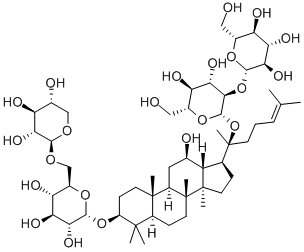

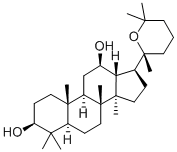
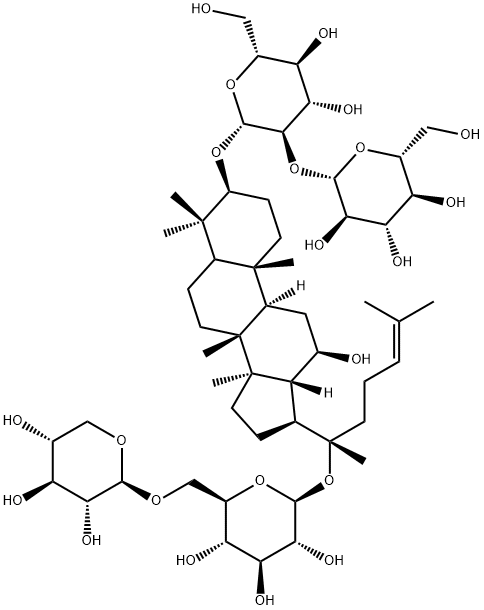
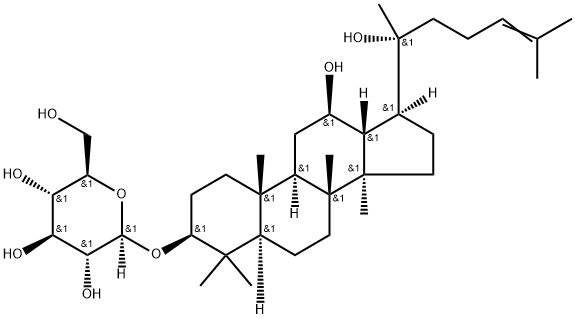
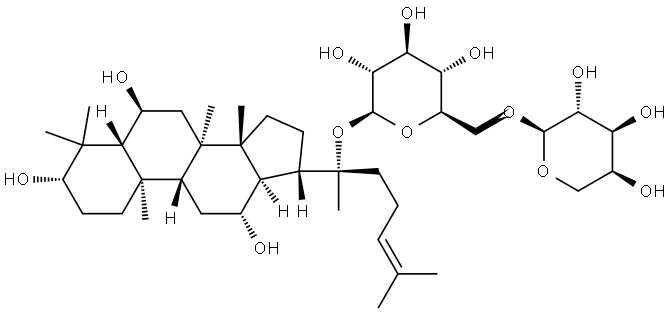
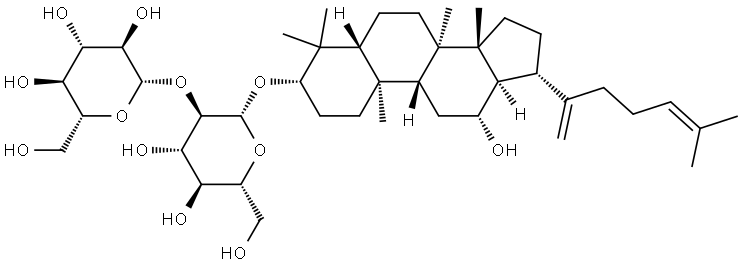
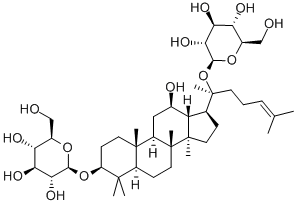
You may like
-
 Pseudoginsenoside F11 CAS 69884-00-0View Details
Pseudoginsenoside F11 CAS 69884-00-0View Details
69884-00-0 -
 1975-50-4 98%View Details
1975-50-4 98%View Details
1975-50-4 -
 2-HYDROXY BENZYL ALCOHOL 98%View Details
2-HYDROXY BENZYL ALCOHOL 98%View Details
90-01-7 -
 2-Chloro-1,3-Bis(Dimethylamino)Trimethinium Hexafluorophosphate 221615-75-4 98%View Details
2-Chloro-1,3-Bis(Dimethylamino)Trimethinium Hexafluorophosphate 221615-75-4 98%View Details
221615-75-4 -
 61397-56-6 CIS BROMO BENZOATE 98%View Details
61397-56-6 CIS BROMO BENZOATE 98%View Details
61397-56-6 -
 14714-50-2 (2-Hydroxyphenyl)acetonitrile 98+View Details
14714-50-2 (2-Hydroxyphenyl)acetonitrile 98+View Details
14714-50-2 -
 118753-70-1 98+View Details
118753-70-1 98+View Details
118753-70-1 -
 733039-20-8 5-broMo-2-chloro-N-cyclopentylpyriMidin-4-aMine 98+View Details
733039-20-8 5-broMo-2-chloro-N-cyclopentylpyriMidin-4-aMine 98+View Details
733039-20-8